
Top 10 foods that improve blood circulation in legs
Top 10 Foods to Boost Circulation in Your Legs
Are you dealing with leg cramps, fatigue, or pain? Poor circulation in the legs, ankles, and feet can lead to issues like edema, varicosity, and venous diseases. In this video, we’ll explore 10 foods that can improve circulation in the legs. Stick around until the end because we’ll reveal one spice that can work wonders for your arteries, and you’ll want to incorporate it into your daily routine. 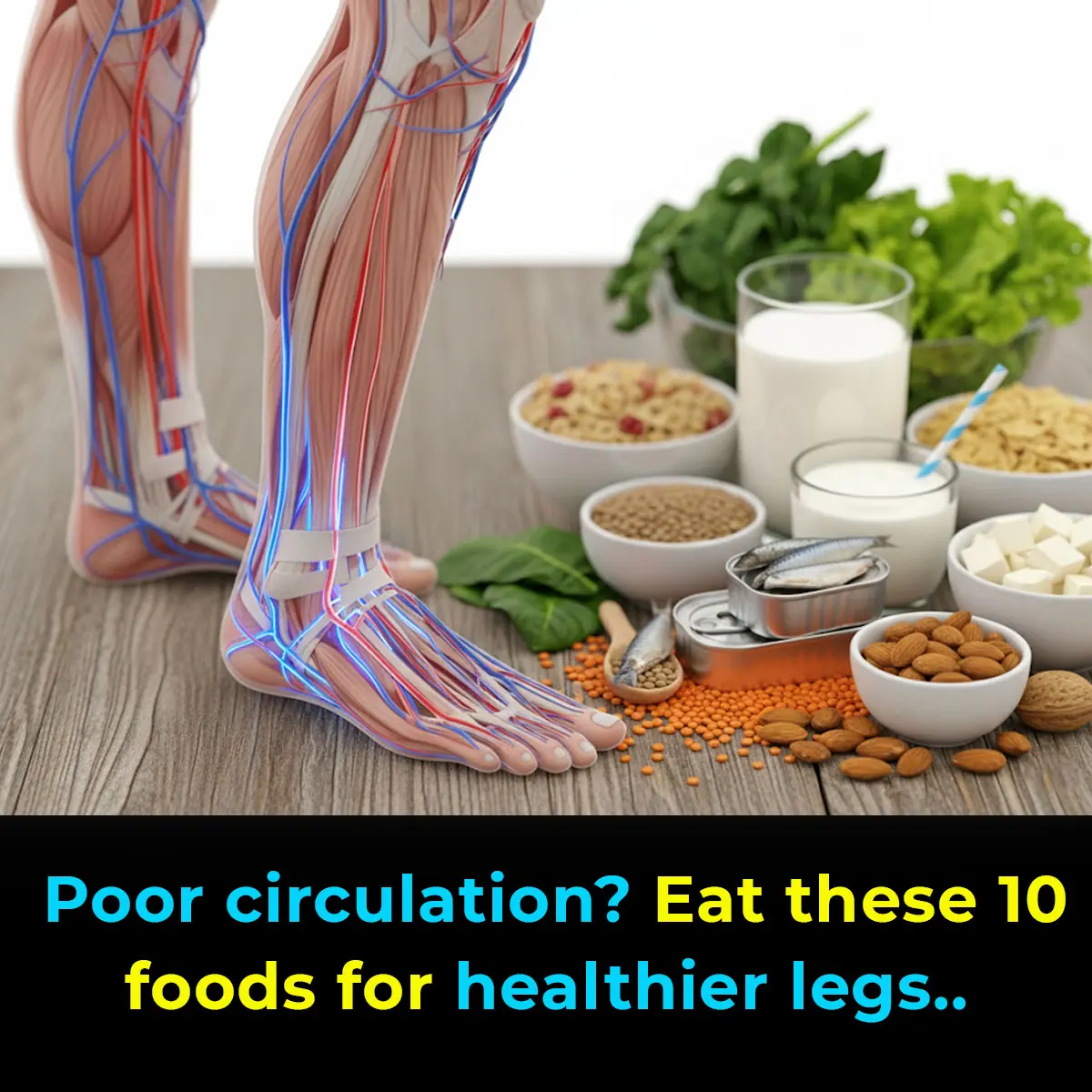
10. Potassium-Rich Foods
Potassium is a crucial mineral that helps increase blood flow by widening blood vessels, allowing for better circulation and reduced pain. It also aids in lowering blood pressure, which supports a healthy circulatory system. Unfortunately, many Western diets are high in sodium and low in potassium, leading to elevated blood pressure. To balance this, include potassium-rich foods like bananas, potatoes, beans, tomatoes, broccoli, and legumes in your meals to promote better circulation.
9. Vitamin D Sources
Vitamin D plays a vital role in regenerating blood vessels and reducing inflammation. Studies have shown that vitamin D helps prevent oxidative damage to blood vessels, keeping them healthy. A 2014 study revealed that daily vitamin D supplementation supports blood vessel regeneration. While vitamin D can be found in foods like fish, milk, and eggs, the best source is sunlight. Just 5 to 15 minutes of sun exposure can provide sufficient vitamin D. For optimal results, pair vitamin D3 with vitamin K2 to prevent arterial stiffness and help distribute calcium to the bones.
8. Fish as a Source of Omega-3
Fish is renowned for its cardiovascular benefits, as it’s rich in omega-3 fatty acids, which help prevent oxidative damage to blood vessels and relax the muscles in your blood vessels, boosting circulation. Fatty fish like mackerel, salmon, sardines, and tuna are packed with omega-3s, while walnuts, flaxseeds, and chia seeds contain smaller amounts of alpha-linolenic acid (ALA). The recommended daily intake of omega-3 is about 1000 mg.
7. Grapes and Red Wine
Grapes are rich in polyphenols, potent antioxidants that help prevent the formation of blood clots by modulating LDL, or "bad" cholesterol. They also improve the elasticity of blood vessels, aiding circulation. A study in BioFactors (2004) showed that supplementing with grapes helped reduce blood pressure in hypertensive patients. Consuming grapes or moderate amounts of red wine can help maintain healthy blood vessels and improve circulation throughout the body.
6. Tea with Catechins
Drinking black or green tea daily has been shown to lower blood pressure, thanks to catechins, a type of polyphenol found in these teas. A 2021 study published in Nutrients revealed that catechin-rich green tea extract increased blood flow to the legs and improved vascular resistance. Catechins promote blood vessel relaxation by boosting nitric oxide production, which widens blood vessels. Other foods rich in catechins include apples, strawberries, cherries, and red wine.
5. Cacao and Dark Chocolate
Cacao has been linked to a reduced risk of cardiovascular diseases, and dark chocolate is a potent source of antioxidants, including catechins. Studies have shown that cacao helps lower blood pressure, improving blood flow and preventing endothelial dysfunction, which occurs when arteries narrow instead of widening. Even in cases of cardiovascular problems, cacao has shown beneficial effects on arterial dilation.
4. Garlic and L-Arginine
Garlic is a rich source of L-arginine, an amino acid necessary for nitric oxide synthesis, which helps blood vessels relax. A 2004 study in The Journal of Nutritional Biochemistry found that garlic supplementation increased blood flow to the legs. Garlic also helps manage cholesterol levels and prevents lipid buildup in the blood. If you’re not fond of garlic, other L-arginine sources include red meat, fish, and eggs.
3. Green Leafy Vegetables
Green leafy vegetables like spinach, kale, cabbage, and broccoli are essential for healthy circulation. They help the venous system, which returns blood to the heart, preventing issues like edema. A study found that people who ate spinach had better blood vessel dilation, indicating improved blood flow. Spinach, in particular, contains nitrates that boost nitric oxide levels, which help blood vessels expand. These vegetables are also high in fiber, which reduces blood lipid levels and prevents clotting.
2. Cayenne Pepper
Cayenne pepper, made from chili peppers, is a spicy ingredient known to enhance metabolism and increase blood flow in both arteries and veins. It also helps regulate lipid levels, such as triglycerides and cholesterol. The active compound in cayenne, capsaicin, boosts nitric oxide levels in blood vessels, resulting in improved circulation and lower blood pressure.
1. Vitamin C
Vitamin C is essential for maintaining healthy blood vessels and improving circulation. It has strong antioxidant and anti-inflammatory properties, making it beneficial for blood vessel function. A 2001 study published in Circulation showed that vitamin C levels were lower in patients with peripheral artery disease (PAD), a condition that affects circulation in the legs and feet. Fortunately, vitamin C is easy to find in fruits like oranges, kiwis, lemons, strawberries, and tomatoes.
Final Thoughts
Maintaining a healthy cardiovascular system ensures that blood circulates properly throughout your body, providing essential nutrients and oxygen to your organs and limbs. While conditions like varicose veins or swelling are not life-threatening, persistent edema in the lower legs could be a sign of heart failure. By incorporating these 10 foods into your diet, you can support healthy circulation in your legs and overall cardiovascular health.
News in the same category


How Your Body Secretly Tells You You're Stressed

New Study Shows That Sitting in Silence for Only Two Hours Can Trigger Significant Growth in New Brain Cells
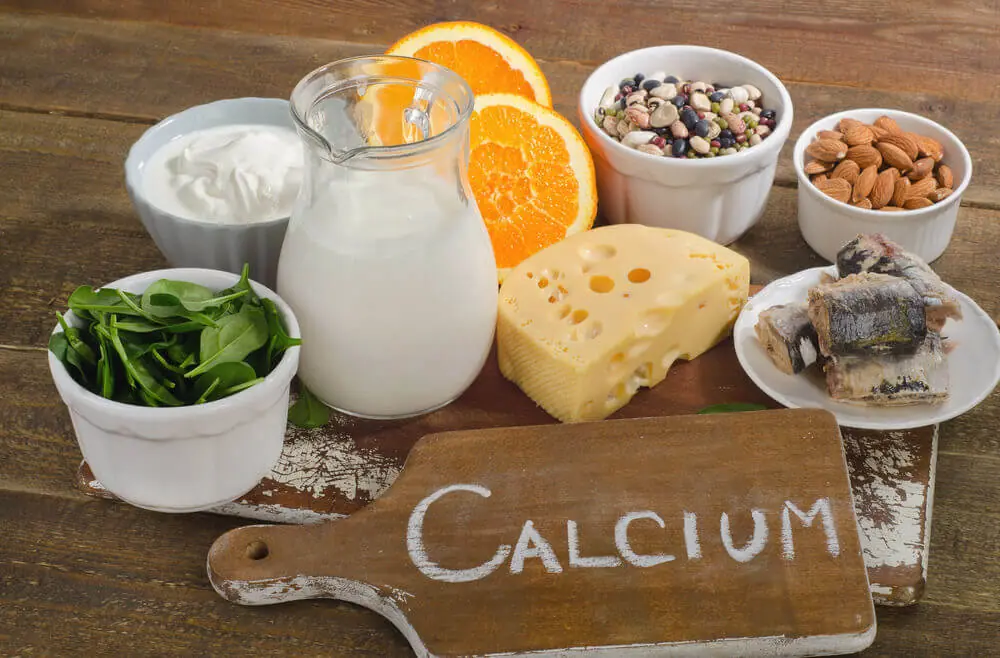
Foods That Can Quietly Drain Calcium From Your Body

Just Simply Looking at a Sick Person Is Enough to Trigger Your Immune Response, Study Shows
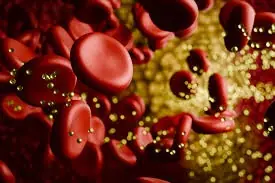
Scientists Discover an “Off Switch” for Cholesterol — And It Could Save Millions of Lives

Why Does Your Eye Twitch Randomly? An Eye Doctor Explains

Think Twice Before Pairing: 6 Foods You Shouldn’t Eat with Eggs

Purple Veins on Your Legs

What really happens to your kidneys when you drink coconut water

Pineapple And Turmeric Drink Reverses Cancer-Causing Inflammation And Even Beats The Common Cold!

What really happens to your kidneys when you drink coconut water

6-yr-old boy dies and leaves blue stain on carpet: years later, mom makes heartbreaking discovery
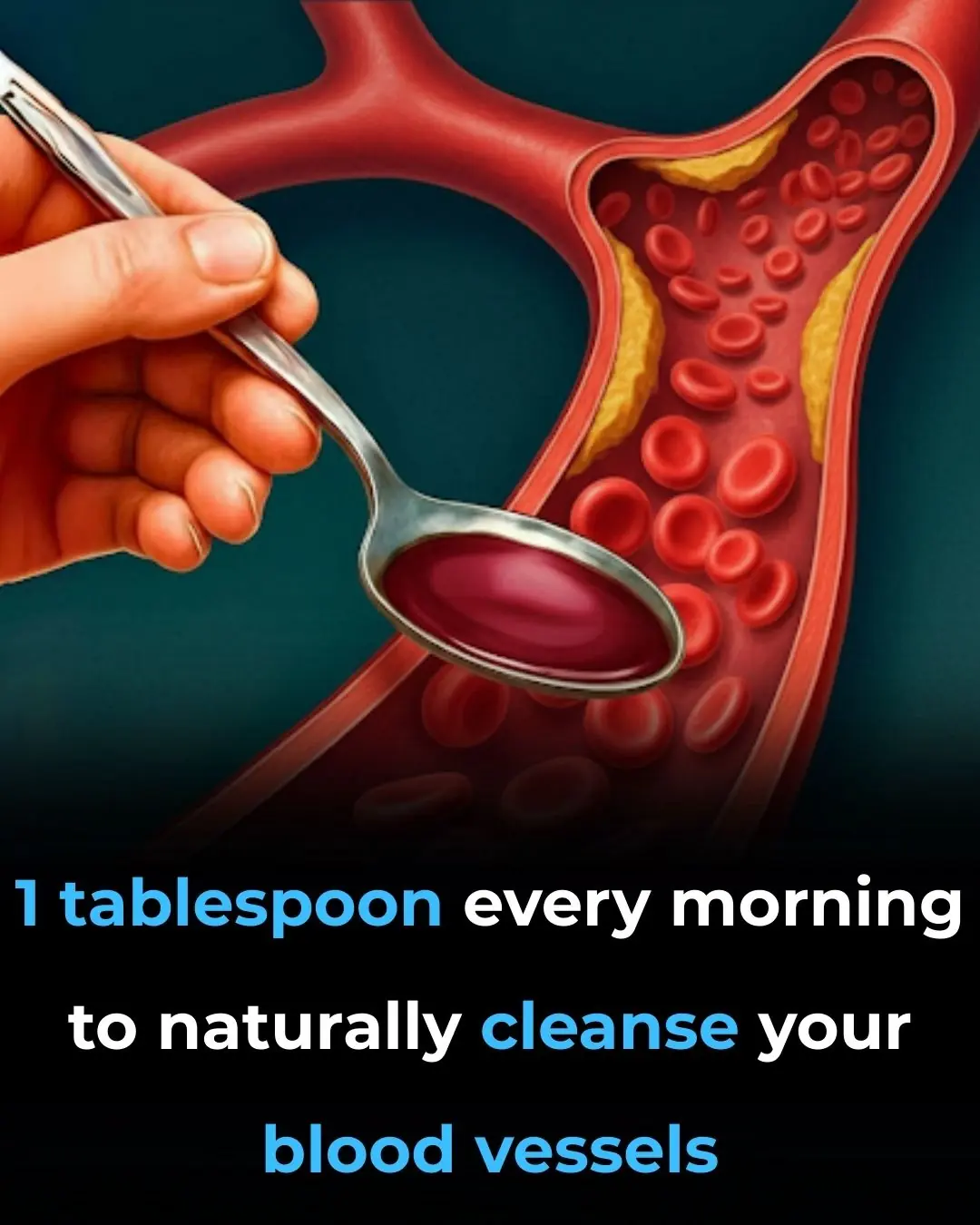
1 tablespoon every morning to naturally cleanse your blood vessels

How Magnesium Keeps Your Heart Rhythm Healthy

Why Do I Cough When Taking a Deep Breath?

Taking the Stairs Could Help You Live Longer

Purple Veins on Your Legs: When to Worry

Signs Your Cortisol Is Dangerously High
News Post

Put a Wet Paper Sheet in the Washing Machine – Surprising Benefits, Something Every Household Needs This Winter

Wrap a nylon bag around a broom – no vacuum cleaner needed, yet it still gathers scattered hair in the house.

Fix a clogged showerhead with weak water flow in just 3 minutes – no need to spend money on a replacement

Experts reveal 3 ways to eliminate E. coli bacteria in water – essential knowledge to protect your family

Put a handful of salt into a dirty toilet with yellow stains: Just 30 minutes later, you will see a miracle

The most correct way to give first aid for stroke at home
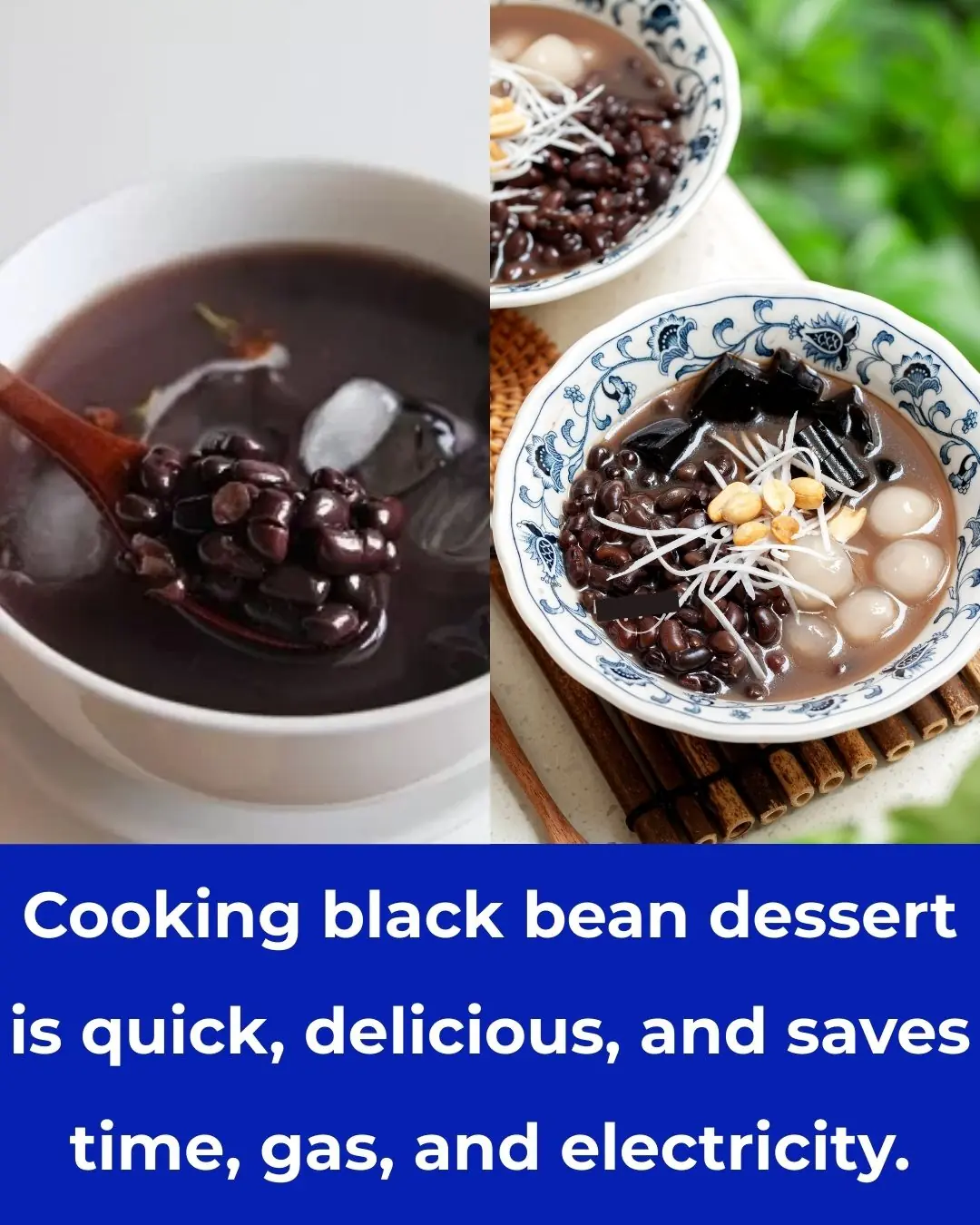
Cook black bean sweet soup quickly, delicious, not time consuming, save gas/electricity

Apple insider reveals new leaks about foldable iPhone release for 2026

Experts reveal the five foods you should absolutely never freeze

The difference between the spirit of a loved one and other forces

Your Heart Emits a Magnetic Field 100x Stronger Than Your Brain – And It Can Be Detected 3 Feet Beyond Your Body
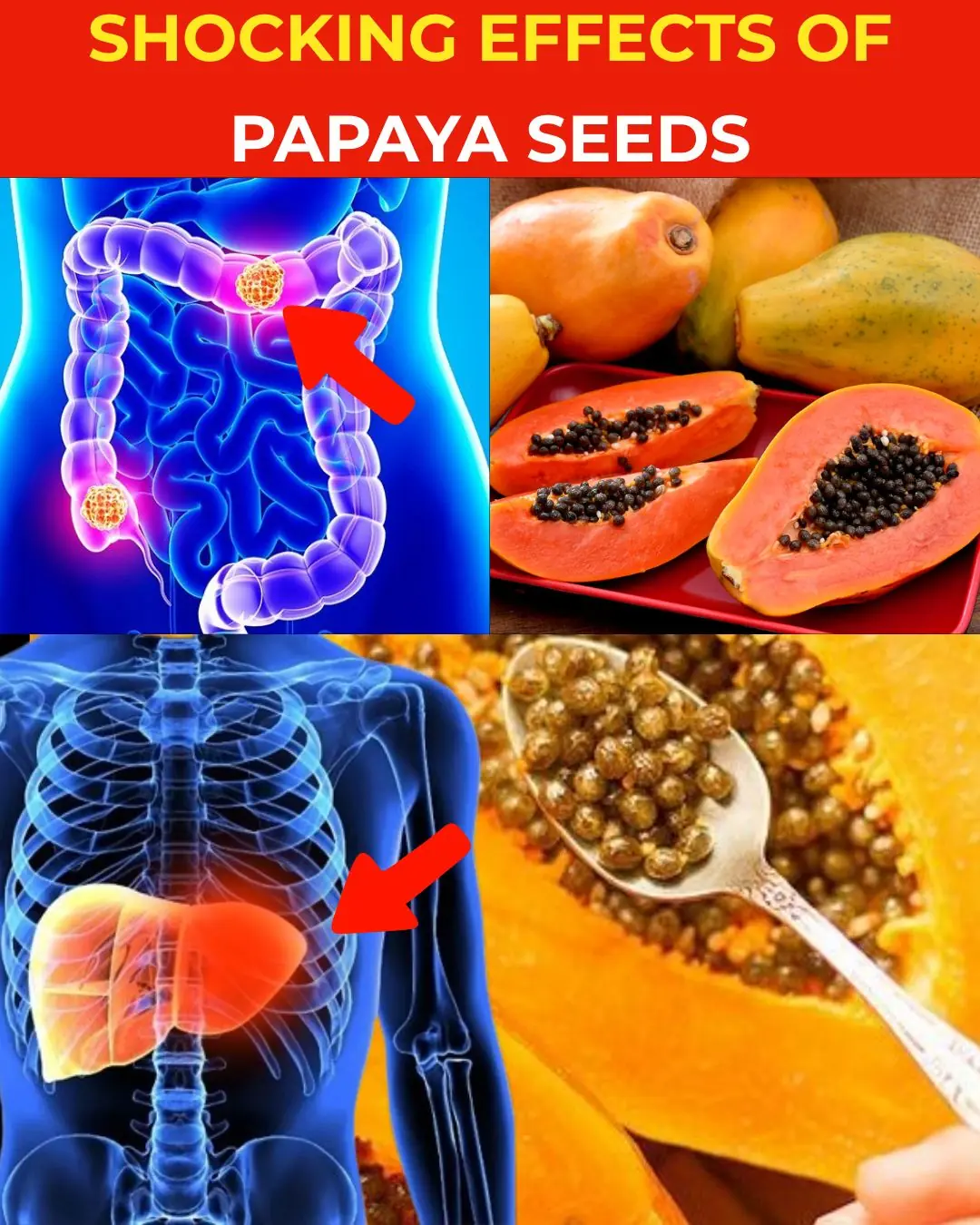
🌱 Discover Papaya Seeds: Nature’s Tiny Powerhouse for Total Wellness

3 Home Remedies to get rid of Skin Tags – Skin Tag Removal

Homemade Herbal Bath Powder For Clear Skin: Bridal Skincare Ubtan

Mix Baby Oil with Vaseline: The Simple Skincare Trick for Youthful, Wrinkle-Free Skin

How Your Body Secretly Tells You You're Stressed

New Study Shows That Sitting in Silence for Only Two Hours Can Trigger Significant Growth in New Brain Cells

Foods That Can Quietly Drain Calcium From Your Body

Just Simply Looking at a Sick Person Is Enough to Trigger Your Immune Response, Study Shows
